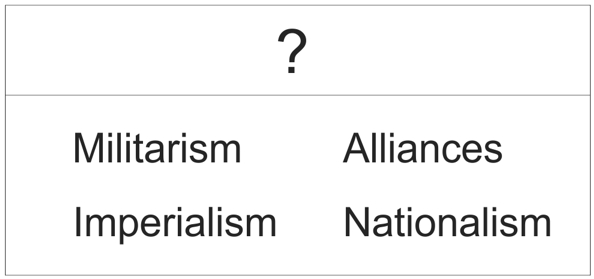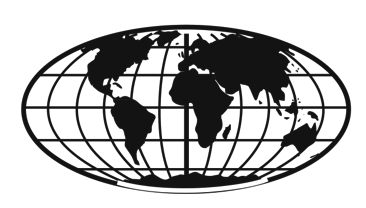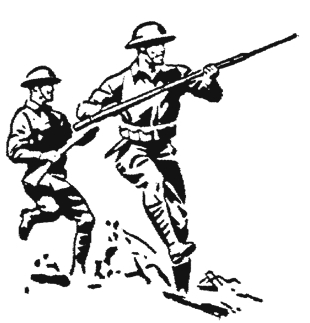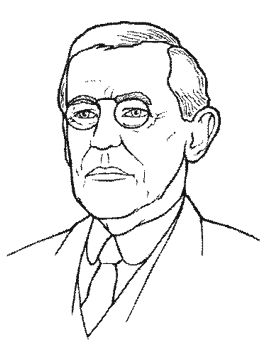|
Review Quiz for
Unit 7 - World War I
Frameworks for America's Past Directions:
Take this short quiz on your own or with your class.
Click on the link at the bottom of the page to check your answers! 1. What is considered the “spark” that triggered the start of World War I? a. the Russian
communist revolution.
b. a dispute over the French border with Germany. c. the assassination of Archduke Franz Ferdinand. d. German attacks on ships at sea. 2. When did World War I begin and end? a. 1898 - 1902
b. 1907 - 1911 c. 1914 - 1918 d. 1919 - 1922  3. Which of these would be the best title for the graphic above: a. What Germany
Wanted to Prevent
b. Background Causes of World War I c. A Peace Plan for Europe d. Why the U.S. Entered the War 4. Imperialism is a term that describes the policy or actions of a nation that a. gains control
of weaker foreign lands.
b. tries to avoid becoming involved in disputes. c. sends food to areas hit by a disaster. d. tries to keep peace. 5. The alliances among countries in Europe when World War I began a. kept it a
small war between two countries.
b. spread the war quickly to many nations c. had no effect on the size of the war. d. led most countries to avoid being involved.  6. Which of these
nations was NOT one of the Central Powers? 6. Which of these
nations was NOT one of the Central Powers?a. Germany
b. Austria-Hungary c. Turkey d. Belgium 7. Great Britain, France, and Russia were all part of the a. Allied Powers.
b. United Powers. c. Central Powers. d. Associated Powers. 8. The U.S. policy of staying neutral when World War I began can also be called a policy of a. nationalism.
b. involvement. c. isolationism. d. containment.  9. Who was the president
of the U.S. during World War I? 9. Who was the president
of the U.S. during World War I?a. Theodore
Roosevelt
b. Woodrow Wilson c. Howard Taft d. William McKinley 10. Which of these was NOT one of the new weapons that made World War I so deadly? a. poison gas
b. airplanes c. machine guns d. atomic bomb 11. Public opinion in the U.S. shifted against Germany in 1915 because of Germany’s use of submarine warfare to sink a British passenger ship called a. the Lusitania.
b. the Cutty Sark. c. the Argonaut. d. the Rotterdam. 12. The Zimmerman Telegram was a German secret message that angered Americans because a. it threatened
that the U.S. president would be assassinated.
b. it showed Germany had spies in the U.S. c. it tried to get Mexico to declare war on the U.S. 13. The U.S. had the closest economic, political, and cultural ties to which of these countries? a. Germany
b. Great Britain c. Italy d. Austria-Hungary 14. In what year did the U.S. enter World War I? a. 1900
b. 1914 c. 1917 d. 1920  15. President
Woodrow Wilson’s Fourteen Points plan for peace at
the end of World War I called for 15. President
Woodrow Wilson’s Fourteen Points plan for peace at
the end of World War I called fora. France to take
over Germany.
b. the creation of a League of Nations. c. more powerful armies in Europe. 16. The U.S. did not join the League of Nations because a. the U.S. was
never invited to join.
b. the U.S. Senate refused to ratify the Treaty of Versailles. c. the League was never formed. 17. After World War I ended, the foreign policy of the U.S. is best described as a. a return to
isolationism.
b. pushing for more leadership in world affairs.
Copyright 2010, 2019 by David Burns All Rights Reserved www.fasttrackteaching.com/ffap |
|
Copyright Notice
Copyright 2019 by David Burns. All rights reserved. As a guide to the Virginia Standards of Learning, some pages necessarily include phrases or sentences from that document, which is available online from the Virginia Department of Education. The author's copyright extends to the original text and graphics, unique design and layout, and related material. |